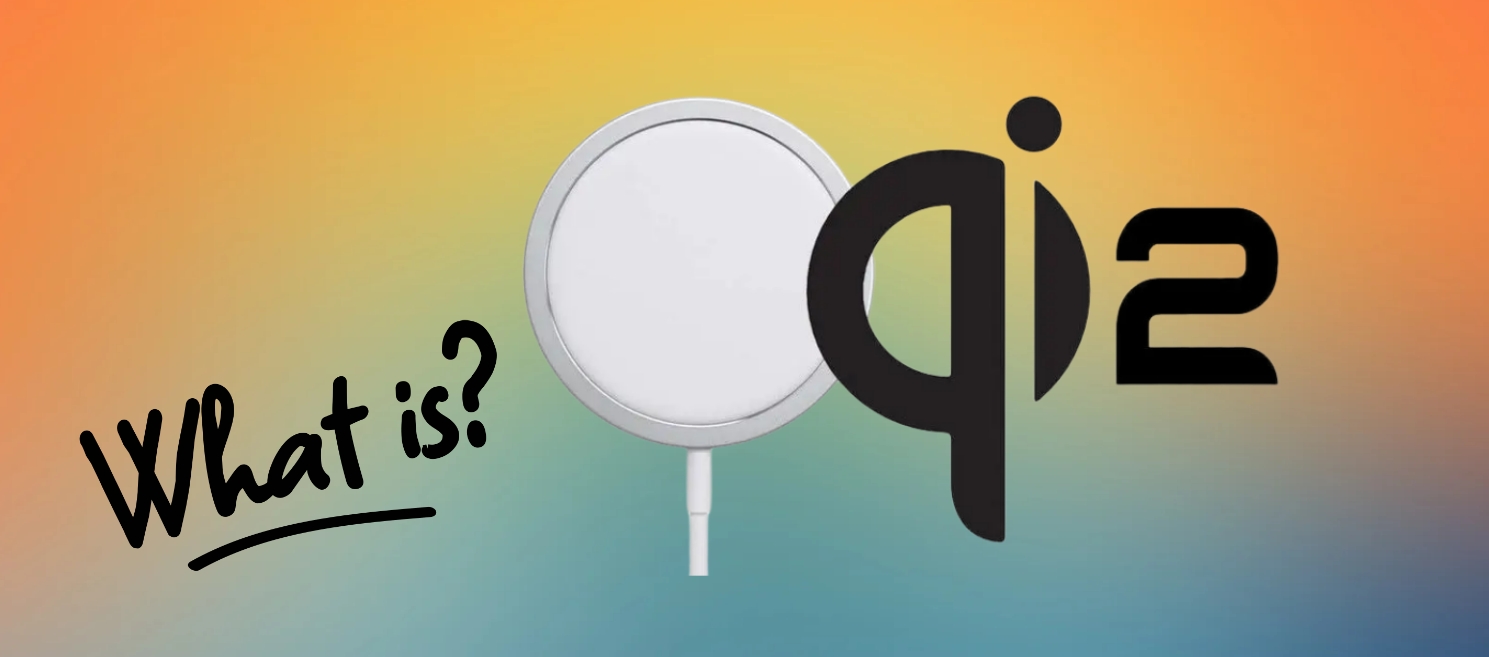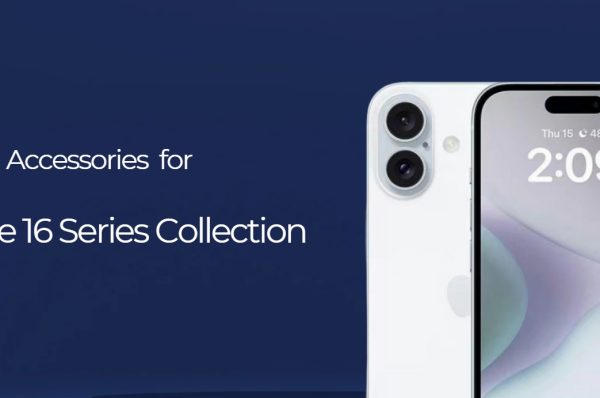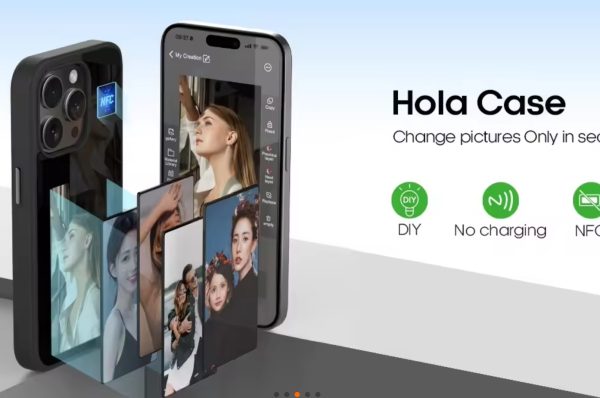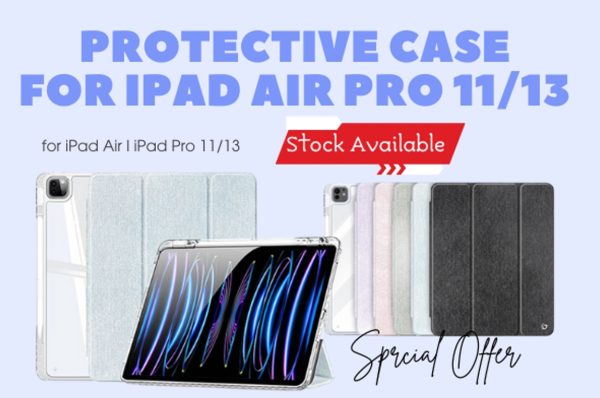Backgroud
In recent years, wireless fast charging technology has been developing rapidly, and more and more cell phones and digital devices are beginning to support wireless fast charging. For ordinary consumers, this technology allows charging to get rid of the wire bondage, so that the charging scene has become simple and safe, and greatly enhance the user experience of charging. However, like wired charging technology, wireless fast charging technology has its own charging specifications. Wireless fast charging charging specification has a variety of, which has a class of specification is named WPC organization developed, it is what we say Qi.
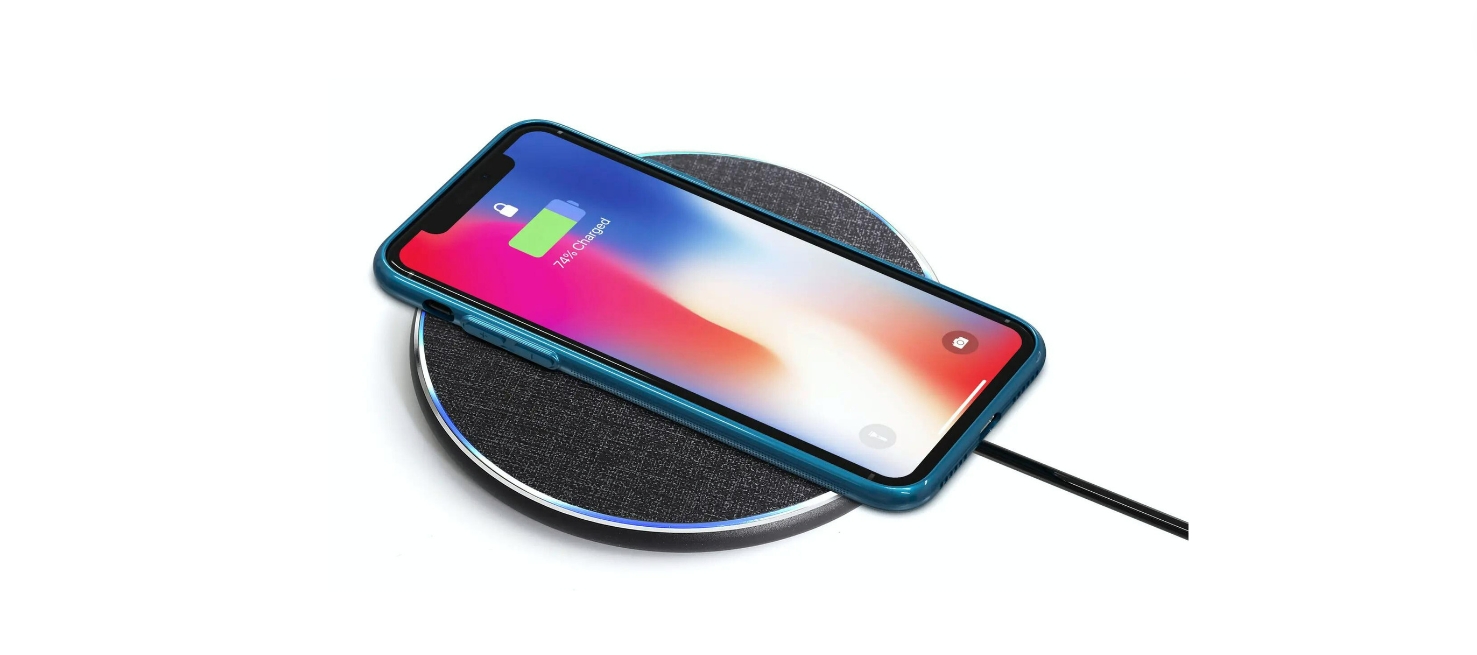
What is WPC
WPC, known as the Wireless Power Consortium (WPC), was founded on December 17, 2008, and is the world’s first standardization organization to promote wireless charging technology. As of May 2023, the WPC has 315 members, who work together with a common goal: to achieve full compatibility of all wireless chargers and wireless power supplies worldwide. To this end, they have developed numerous specifications for wireless fast charging technology.
Standardization
As wireless charging technology continues to evolve, its applications have expanded from consumer handheld devices to many new areas, such as laptops, tablets, drones, robotics, connected cars, and smart wireless kitchens.The WPC has developed and maintains a number of standards for a wide variety of wireless charging applications, including:
Qi standards, for smartphones and other portable mobile devices.
The Ki wireless kitchen standard, for kitchen appliances that can support up to 2200W of charging power.
Light Electric Vehicle (LEV) standard for faster, safer, smarter and easier wireless charging of light electric vehicles such as e-bikes and scooters at home and on the go.
Industrial wireless charging standard for safe and convenient wireless power transfer to charge robots, AGVs, drones and other industrial automation machinery.
There are more than 9,000 Qi-certified wireless charging products on the market today, and WPC verifies product safety, interoperability and suitability through its independent, authorized test labs around the world.
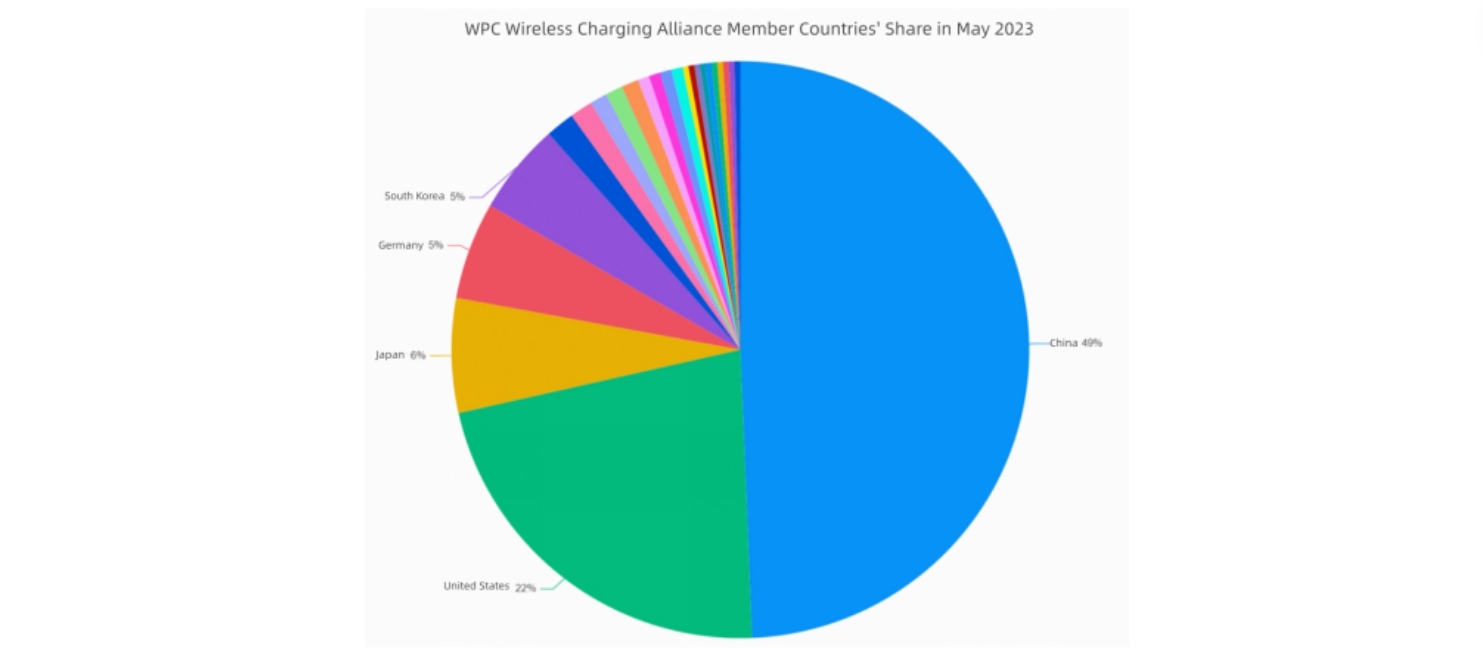
The pie chart reveals that WPC wireless charging alliance member enterprises from China accounted for 49%, nearly half; WPC wireless charging alliance member enterprises from the United States accounted for the second largest share of 22%; Japan WPC wireless charging alliance member enterprises accounted for 6%; Germany and South Korea WPC wireless charging alliance member enterprises each accounted for 5%; other countries and regions WPC wireless charging alliance member enterprises together accounted for 13%. WPC member companies in other countries and regions together accounted for 13%.
What is Qi
Qi protocol as WPC for smart phones and other portable mobile devices, is currently one of the mainstream wireless fast charging technology, Qi protocol existing Qi protocol including Qi 1.2.4, Qi 1.3.3. It is worthwhile to one is Qi 2.0 will be released soon.

Qi is an open, universal standard that works with any Qi device, so consumers don’t need to use separate chargers, cables and adapters, and can safely and easily charge wirelessly in a variety of locations, including homes and offices, train stations and hotels. Products using Qi technology must undergo rigorous testing to ensure safety, interoperability and energy efficiency. Only products that pass these independent laboratory tests can use the Qi logo and be considered Qi Certified. The Qi 1.3.3 protocol, which is currently in widespread use, can support a maximum charging power of 15W.
Currently, the certification scope of Qi protocol is V 1.2.4 BPP EPP PPDE and V 1.3.3 BPP EPP PPDE. BPP and EPP refer to the types of coils because the key component of wireless charging is electromagnetic coil, which relies on electromagnetic coils to do the conversion between magnetism and electricity, and in simple terms, they are the types of coils under the different technical specifications of Qi protocol. The commonly used types of coils are as follows:
Single coil: A11, A11a, MP-A2
Multi-coil: A28, MP-A
So what exactly are Qi-BPP certification and Qi-EPP certification about and what’s the difference?
Qi-BPP Certification
Qi protocol stipulates that products supporting power below 5W and using BPP coils must be BPP certified. Common BPP coils are A11 and A28 mentioned above, so wireless chargers using these coils need to do Qi-BPP certification.
Qi-EPP Certification
Same as Qi-BPP certification, the product supports more than 5W power, the use of EPP coils (such as: MP-A2, MP-A9), must pass the EPP certification.
Qi2 Technology
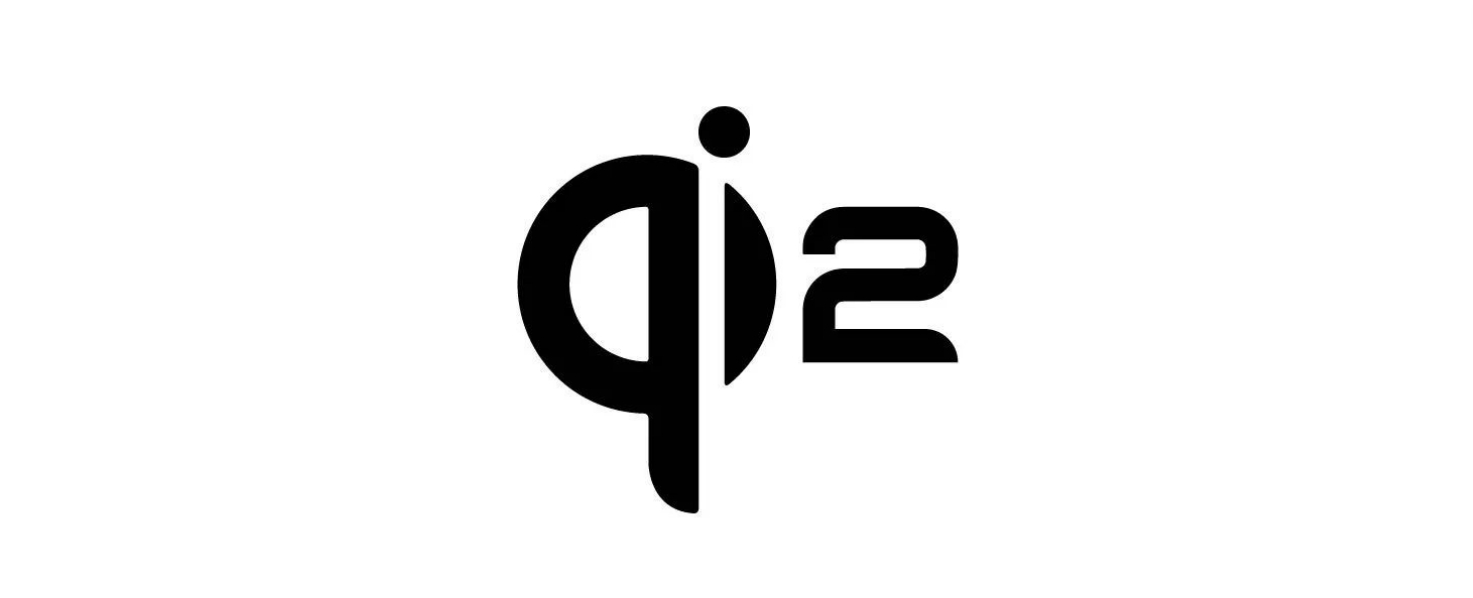
Qi2 is the next-generation Qi wireless charging standard used in smartphones and other consumer technologies to provide charging without the need to plug in a cable. While the original Qi charging standard is still in use, the Wireless Charging Consortium (WPC) has big ideas on how to improve the standard.
The biggest change will be the use of magnets, or more specifically magnetic power profiles, in Qi2, which allow magnetic wireless chargers to snap into place on the back of a smartphone, providing a secure, optimal connection without having to find the “sweet spot” on the wireless charger. After the implementation of QI2, in addition to the ordinary wireless charging part needs to do BPP,EPP test according to the protocol, the magnetic wireless charging part needs to add MPP test.
What is the MPP protocol?
Magnetic Power Protocol (MPP) is based on Apple Magsafe technology, and then at the same time on the existing BPP and EPP protocol optimization, the formation of a new MPP protocol so that it has a better compatibility and higher charging efficiency.WPC standardization, standardization, in order to better optimize the utility of wireless charging and convenience, and to achieve a better promote the popularity of wireless charging MPP.
What is the difference between Qi2 and MagSafe?
Qi2 is based on Apple’s MagSafe standard, which means that Qi2 chargers may be able to charge iPhone 15 models at speeds up to 15W, just like Apple’s MagSafe chargers. For current iPhones, non-MagSafe wireless chargers are limited to 7.5W.
ChargerLAB notes that the Qi2 charger does not need to use Apple’s expensive MagSafe module or be certified under Apple’s “Made for iPhone” program, which would bring more affordable MagSafe-like chargers to the market. It is said that Apple’s MagSafe modules are cost about $16 wholesale, while the Qi2 modules apparently cost less than a third of that.
If you have any questions or suggestions please feel free to email us at [email protected].
Related Article 1: New Release:The Latest Patented Designs Qi2-Enabled Wireless Chargers

